Landscape architecture
Landscape Architecture is an interdisciplinary field of action. It includes the science of Geography, Mathematics, Engineering, Art, Horticulture, Social Sciences (environmental psychology) and finally Architecture itself. It includes the analysis, planning, design and management of the natural and built environment. It communicates with the term sustainability and makes it a protagonist in all its events and applications.
The Landscape Architect deals with the design and configuration of small and large scale outdoor spaces, in the urban and natural landscape, using and combining natural and artificial materials at the same time. Its purpose is the strategic, direct interventions in the landscape, both in the natural and in the structured, with the aim of a sustainable and holistic result.

Study - Design
The process of studying the space starts from the acquaintance with the space from the topographic that the client has or from the counting that we carry out.
At this stage the following is taken into account:
• Orientation (sunshine shading)
• The microclimate of the area
• The resilience of plants in relation to space
• The personal taste and preferences of the customer
• The functionality of the space
• The water supply and the plants' needs for water
Soil quality (if necessary, soil study is done)
The parameters calculated include:
Water supply (supply position and pressure). The needs of plants for water. Lawn (quality, microclimate, m2). Ground slopes.
Special constructions in water and space levels to make the final irrigation study and correct selection of irrigation materials.
At the same time, m2 of surface area, m3 in case of addition of garden soil, earthmoving and agricultural machinery that can work in the area, selection of plants and planting sites, paths and passages, special constructions (rock gardens, composition flower beds, ponds, fountains, pergola sites) are included.
Supervision management
At regular intervals (3-4 times a year, every month or every week depending on the case) the site is visited and inspected for damage detection and repair, maintenance of irrigation systems, plant aid, winter milling, pruning, use of machinery , refreshments, etc. We also work as consultants, pointing out needs and improvements.

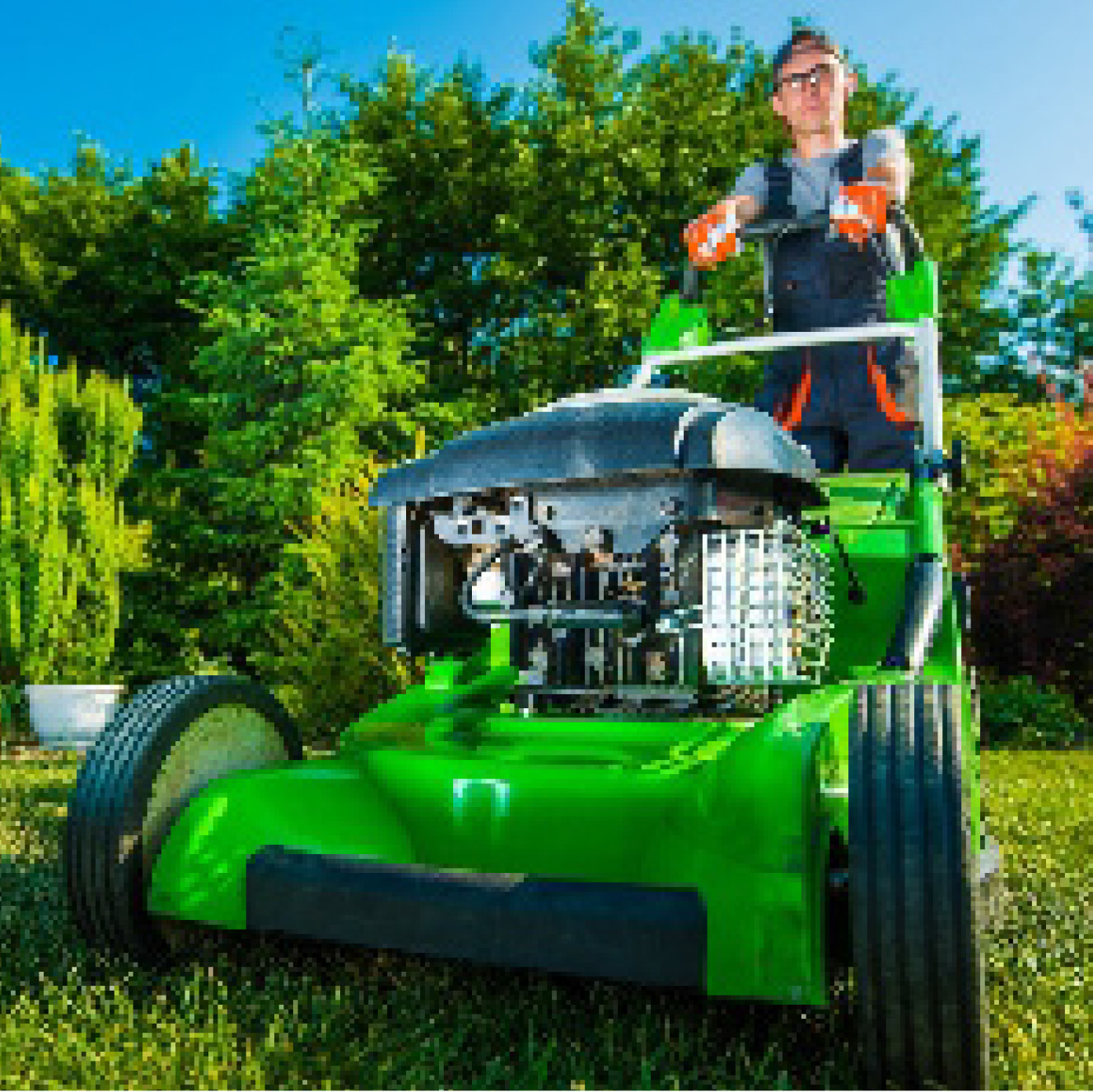
Construction
Once the appropriate time for planting is defined, in collaboration with branded nurseries, the selected plants are purchased, grouped and transported to the site.
Planting is carried out based on the study of the location of each plant and with the appropriate soil conditioners (such as manure, fertilizer, perlite) and the appropriate way for each type of plant. These tasks are performed by experienced personnel under the supervision of the agronomist himself. Special care is given to the cleanliness of the space during construction.
• Plant engineering
• Irrigation systems
After the plantings and after all the passages have been foreseen, waiting for piping under paths, and so on. Becomes the construction of the irrigation system. The system is automatic with a host to control, based on settings, the time and amount of watering for each plant, lawn, pot or special construction.
The application of the irrigation system results from the initial study and is performed with the appropriate quality irrigation materials.
The materials are purchased from reliable dealers with the corresponding guarantees and transported to the site. Their application requires excavations for the underground irrigation systems -mainly of the lawn- according to the study.
• Infrastructure
Maintenance (green projects)
The maintenance is done by a specialized workshop with the use of agricultural machinery and under the supervision of an agronomist - gardener.
In addition to the weekly maintenance, other maintenance work is performed at intervals and according to the work schedule, such as:
Fertilization, Pruning, Carving, Re-sowing - replanting, The functionality of the space, Plant supplementation, Lawn fertilization, Planting of seasonal plants, Deforestation, Maintenance of irrigation systems, Disease control.
The most common and regular maintenance tasks are:
Green cleaning, Automatic irrigation, Removal of dry leaves and branches, Lawn mowing, Disease control, Plant fixing, Edging trim.
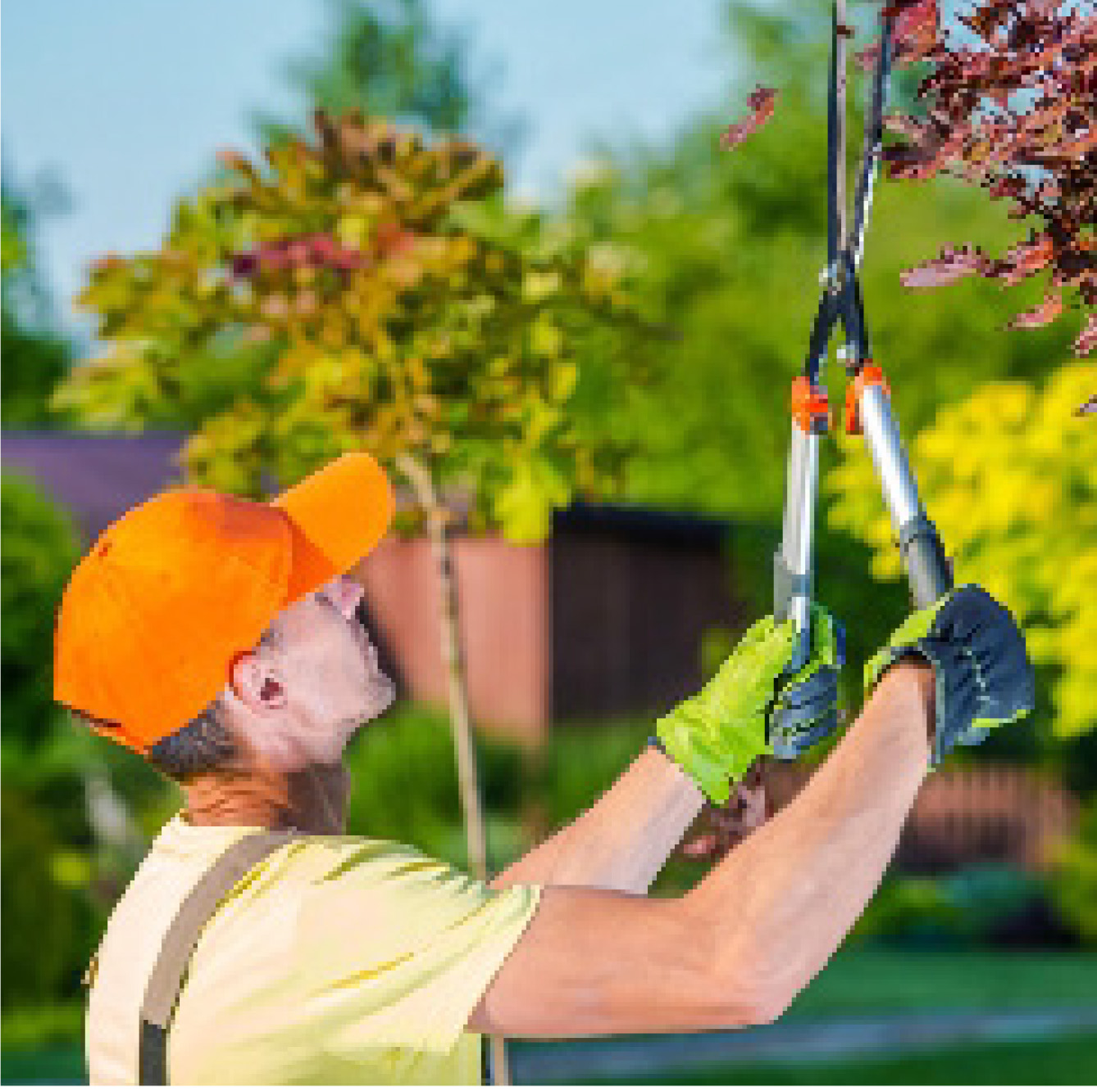
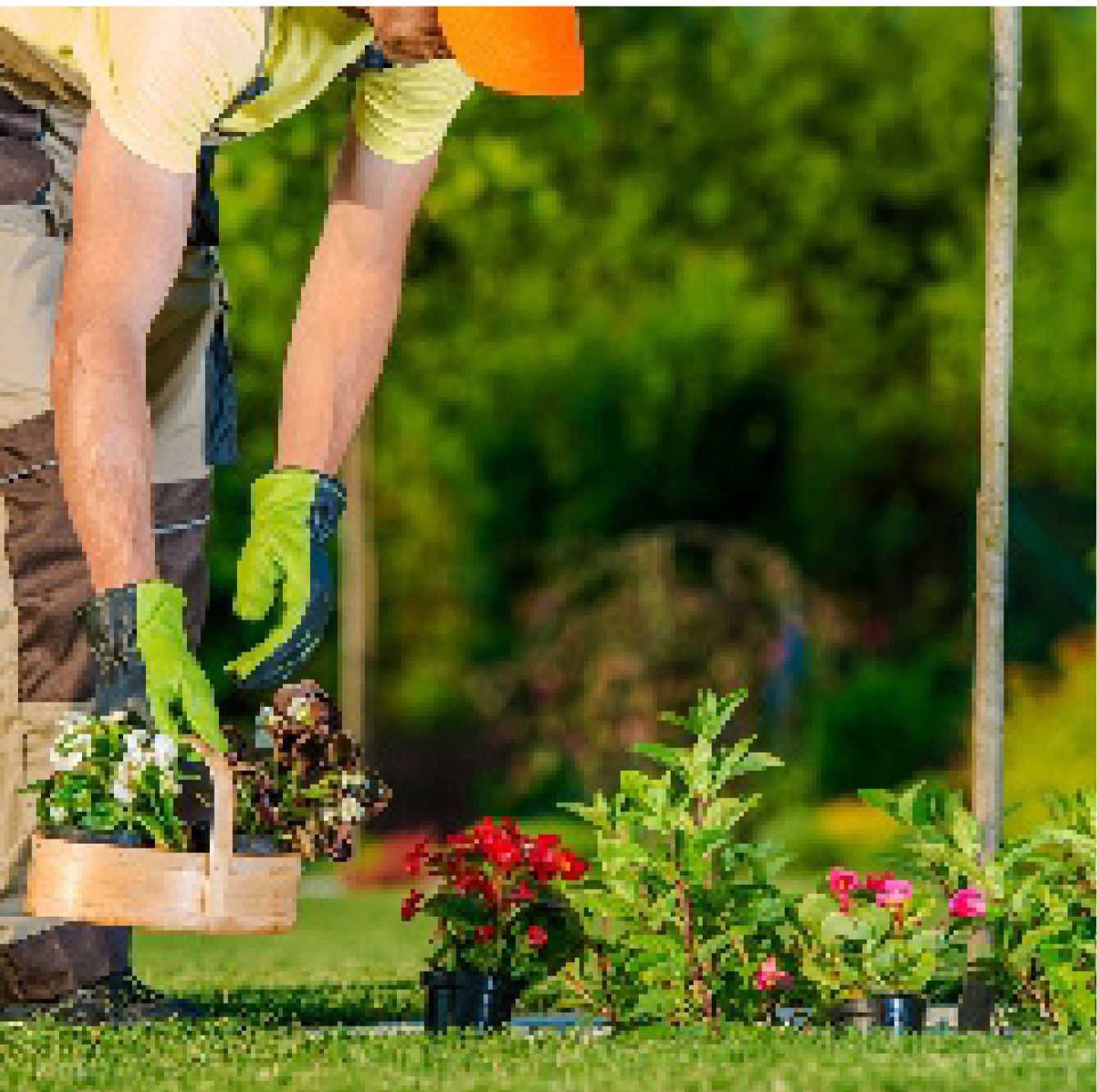
Landscaping - Earthworks
After we know from the study the cubic meters m3 of soil that is needed, the selection and transfer of the garden soil, the excavations and the configuration of slopes are done. With the use of appropriate machinery and labor personnel, the configuration is completed so that the space is ready for cultivation and addition of soil conditioners (fertilizers, peat, perlite, river sand, manure) resulting from the study.
Lawn construction
The choice of the appropriate variety of turf is a function of use, climatic conditions, shading and water needs.
Certified lawn seeds, suitable cultivation and soil conditioners are used based on the study. After the selection of the seeds and the landscaping and cultivation of the soil follow specific stages of work (sowing, incorporation, rolling, use of drugs against insects and proper watering) until the lawn sprouts.
The lawn is delivered with the first mowing.
There is also the possibility of installing a ready turf.
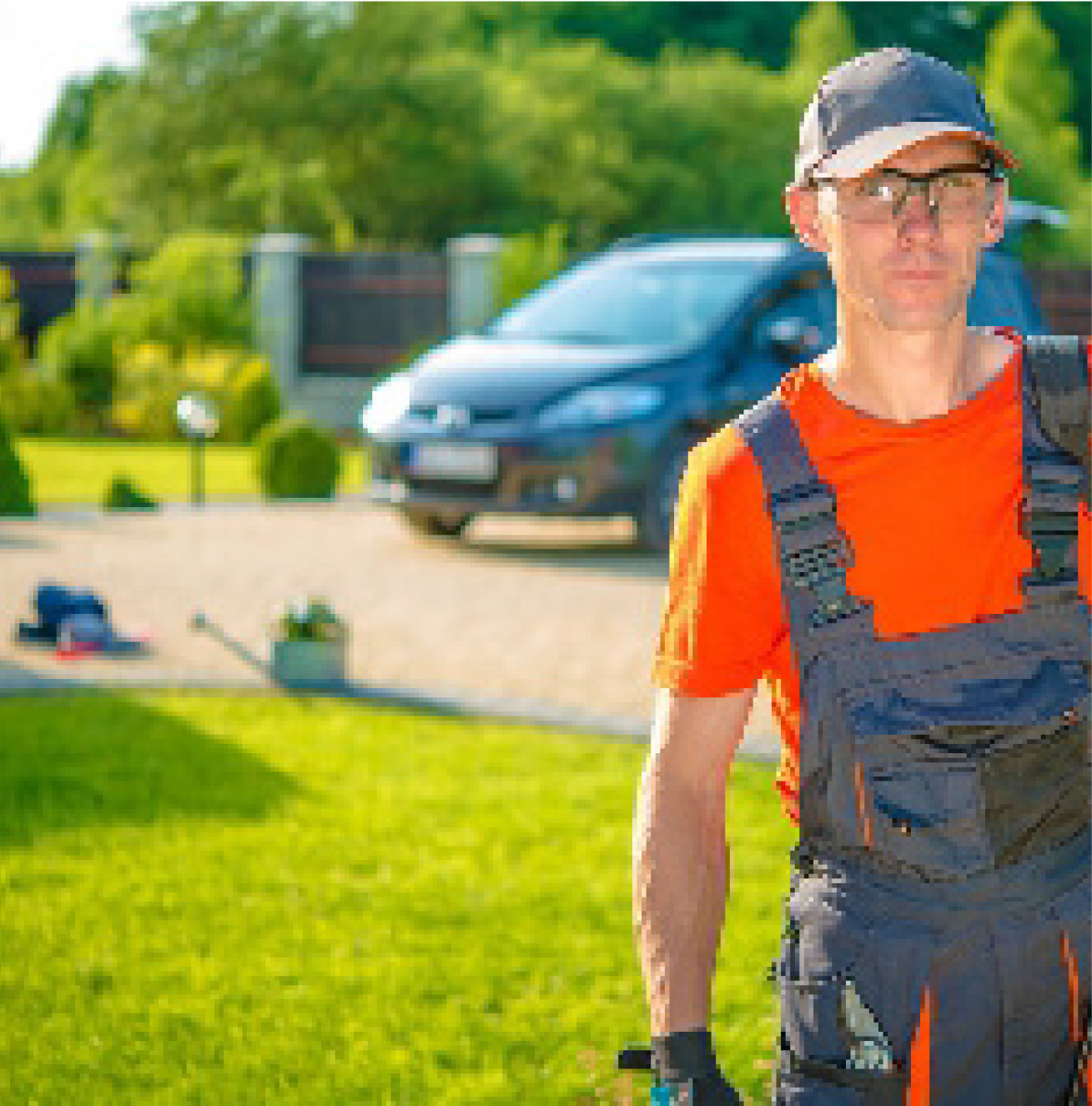
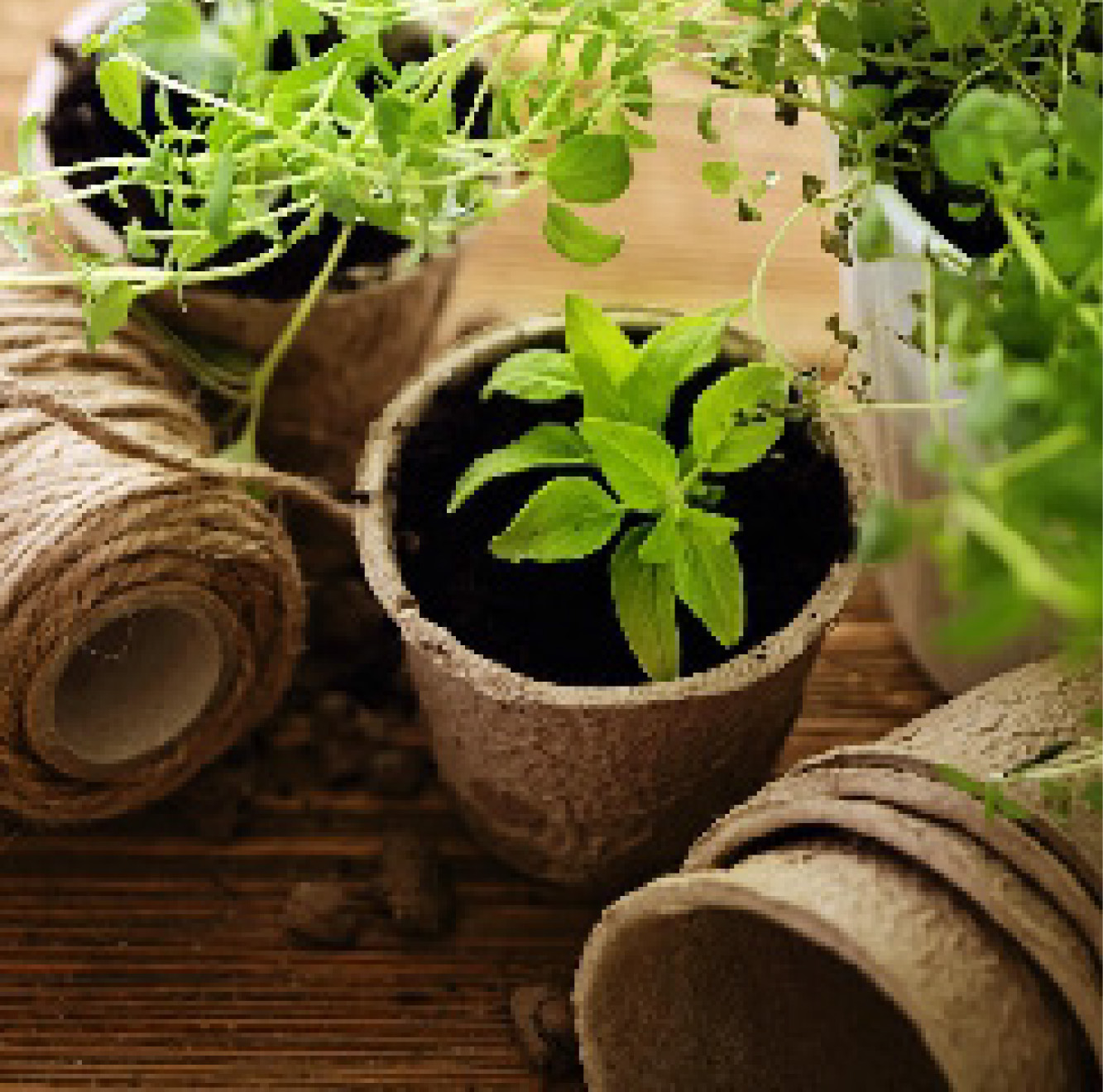
Supplies of materials - plants
machines - medicines
As the popular saying goes, a good carpenter is made by tools, respectively a good gardener must have the appropriate equipment.
Every gardener who respects his garden should not only have a range of gardening tools, but also know how to use them in the garden.
Small-scale projects
Residential gardens
Gardens of schools, institutions, etc.
Playgrounds
Pedestrian streets
Car parks
City parks and squares
Monument sites
Archaeological sites
Outdoor recreation areas
Sports centers
Coverage of unsightly constructions
Large-scale projects
Tourist complexes
International exhibitions
Campuses
Settlements of cities and suburbs
Landscape restoration in disturbed areas
Transient vegetation
Aesthetic reforestation
Botanical and zoological gardens
Industrial areas
Regional spatial development plans
Natural protected areas
